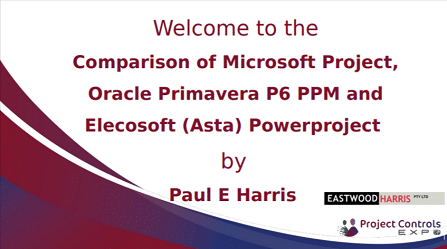Integrated cost-schedule risk analysis allows calculation of Joint Confidence Level, the probability that both cost and schedule targets will simultaneously be met. Organizations such as NASA require JCL-70 for major new projects. For most projects where cost and schedule results are not highly correlated, a family of constant JCL-70 outcomes results in a “necklace” of points from which the analyst must select recommended cost/schedule target values. How should the analyst select defendable targets for presentation to management? This is not a matter of choosing the combination of cost and finish date most pleasing to the performer or the customer, but of choosing the combination that meets the JCL-70 (or whatever level of confidence in the estimate is needed) that is the most likely to occur with the scenario (e.g., pre-mitigation) being considered.
Some “eye-ball” a selected JCL-70 point, approximating the densest point in the scatter plot, but that is not convincing for budgetary purposes. Others draw the regression line through the scatterplot and pick the intersection with the JCL-70 necklace, but linear regression, by answering the best linear fit of the dataset, answers a completely different statistical question and is not necessarily reliable as a measure of the most likely combination of the JCL-70 cost and schedule.
This paper describes innovative graphical methods using three-dimensional histograms and surface plots of the scatter data to identify the most likely cost/schedule values at any JCL. The methods are demonstrated using actual scatter data from four real projects. The results validate the methodology as a sound basis for selecting cost/schedule targets and demonstrate how the regression line intersect becomes unreliable as cost/schedule correlation decrease.










